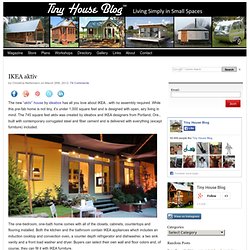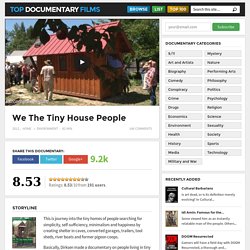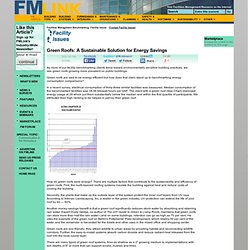

GFA Heating(Gas Forced Air) Vs. Radiant Heating at HydronicHeating.net. One of the biggest questions for homeowners considering hydronic heating systems is how they compare to traditional gas forced air heat.

Below you will find a list of the important factors to consider when deciding on a heating system, as well as the where each system excels and lacks. Comfort Providing consistent comfort by way of reliable heating and warmth is the single most important task for your radiant or forced air system. Forced Air - A benefit to forced air is that it has the ability to quickly raise temperatures, whereas hydronic heating can be slow with temperature changes due to the use of thermal mass.
Hydronic - On most other comfort issues, radiant heat is far superior. Health Health concerns for those who are highly allergic or suffer asthma problems should be considered when picking your heat source. Efficiency Energy efficiency is a concern for anyone who is spending their money on high energy bills each month.
Eco-Friendly Plans from Houseplans.com. IKEA aktiv. The new “aktiv” house by ideabox has all you love about IKEA…with no assembly required.

While this pre-fab home is not tiny, it’s under 1,000 square feet and is designed with open, airy living in mind. The 745 square feet aktiv was created by ideabox and IKEA designers from Portland, Ore., built with contemporary corrugated steel and fiber cement and is delivered with everything (except furniture) included. The one-bedroom, one-bath home comes with all of the closets, cabinets, countertops and flooring installed. Both the kitchen and the bathroom contain IKEA appliances which includes an induction cooktop and convection oven, a counter depth refrigerator and dishwasher, a two sink vanity and a front load washer and dryer. Buyers can select their own wall and floor colors and, of course, they can fill it with IKEA furniture. The aktiv is just over 53 feet long and about 14 feet wide with sliding glass doors. Simon's Eco-house. We The Tiny House People.
This is journey into the tiny homes of people searching for simplicity, self-sufficiency, minimalism and happiness by creating shelter in caves, converted garages, trailers, tool sheds, river boats and former pigeon coops.

Basically, Dirksen made a documentary on people living in tiny houses. For around five years she was traveling the world and filming these segments. Kirsten Dirksen is co-founder of faircompanies.com and a Huffington Post blogger. She has worked for MTV, Oxygen, The Travel Channel and Sundance Channel. From the author: I still live in a relatively spacious 1000 square foot apartment with my family of 4 (soon-to-be 5) and I’m not looking to downsize, but I can’t get enough of these tiny homes.
I continue to be impressed by how so many Tiny House People have been able to let go of their stuff and not despite, but because of this, find a certain calm. Watch the full documentary now. Green Housing. Composting Toilets: All You Ever Wanted To Know. Many people have a lot of misconceptions when they hear the words “composting toilets”.

Immediately they think “outhouse” or imagine a hole in the ground. Yucky, smelly, and a little drafty. Well, the composting toilets of 100 years ago (the outhouse) and the composting toilets of today are completely different creatures. Today’s composting toilets are sleek, efficient, and entirely odor-free. So hang on. The Facts On Our Waste Courtesy of EPA.gov. Dream Green Homes: Greenhouse Plans.
Solar energy. Straw Insulation. Facilities Management Feature: Green Roofs: A Sustainable Solution for Energy Savings. Green Roofs: A Sustainable Solution for Energy Savings As more of our facility benchmarking clients trend toward environmentally sensitive building practices, we see green roofs growing more prevalent on public buildings.

Green roofs are said to be energy efficient but how does that claim stand up to benchmarking energy consumption comparisons? In a recent survey, electrical consumption of thirty-three similar facilities was measured. Median consumption of the benchmarked facilities was 34.56 kilowatt hours per GSF. The client with a green roof (See Chart) disclosed energy usage at 28 which put them substantially below the median and within the first quartile of participants. How do green roofs save energy? Secondly, the plants that make up the outside layer of the system protect the inner roof layers from UV rays. Another money-savings benefit is that a green roof significantly reduces storm water by absorbing and retaining rain water. Plant materials are available in: